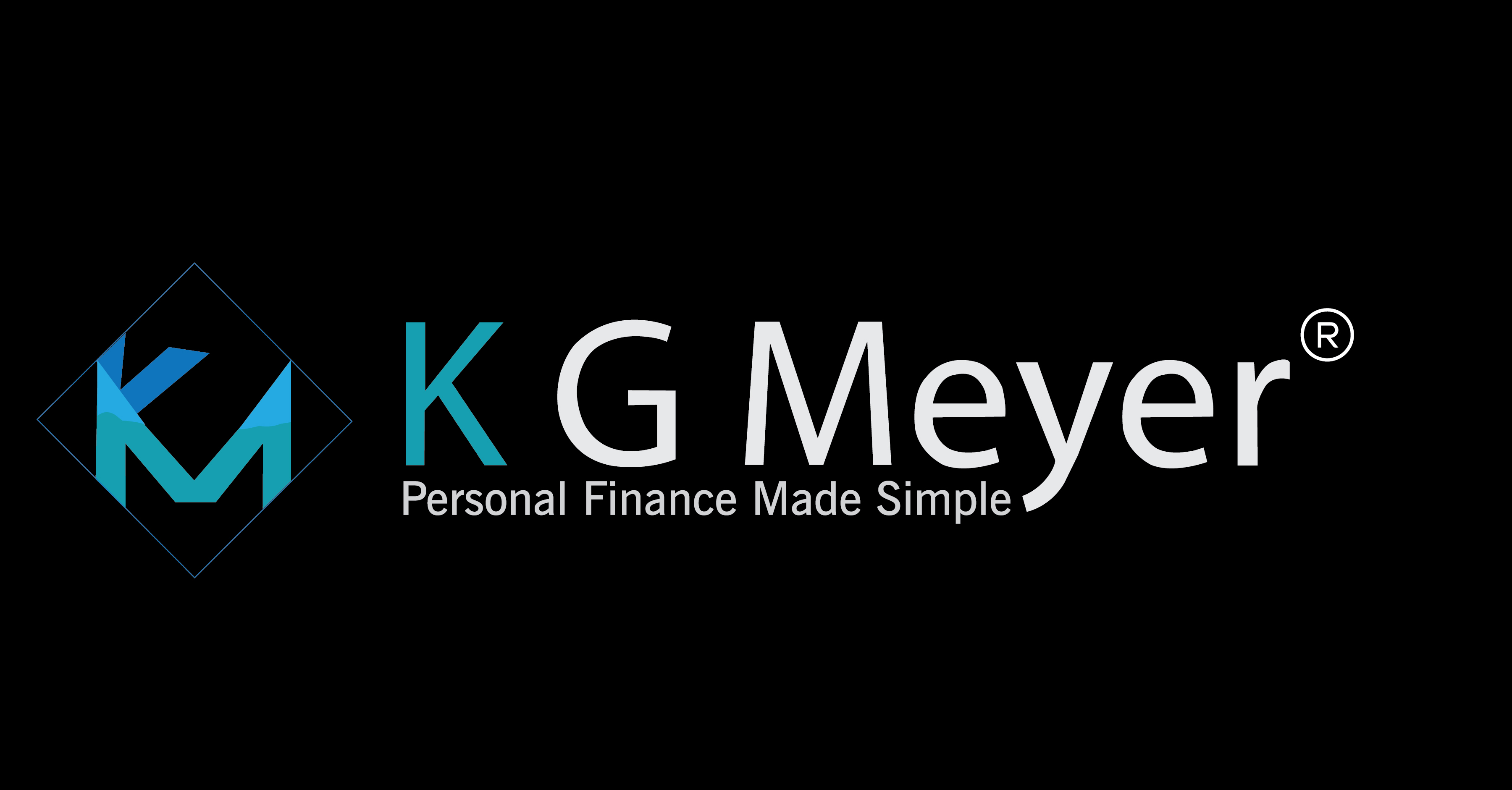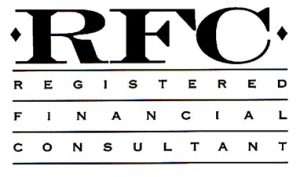
Last week we briefly looked at debts and banking. By now you should have an idea what your debts are and how they should be viewed. You should also have your banking situation handled as well and at least have an on-line savings account that you can use for saving for special items or your emergency fund. We will look at emergency funds next week and how to handle them.
But now we will look at how to manage to reduce your debts that you may have. If you want a budget spreadsheet and a debt reduction “snowball” spreadsheet, sign up for my free email newsletter that is sent out every month or so. These are my free gifts to you for your trust in me and for your email address. If for some reason you do not want to sign up for these free items or provide me your email address they are available for purchase on my website through Fiverr. Either way is fine, but they really will help you in managing your finances and getting on top of your debts.
The snowball debt reduction method is very popular and does work extremely well if applied properly. But there are two way to approach this, and that is by starting with the smallest and getting it paid off first. Then you take that amount and apply it to the minimum on the next debt increasing the payment by the amount you were paying on the first debt. Then you repeat the process until you are out of debt. The spreadsheet I developed will show you how long it will take to get out of debt and how much you will pay in interest.
The second approach is to start with the highest debt interest wise that you are paying. The basics are the same though as to what you do. You pay the highest interest rate debt first then apply that payment towards the debt with the second highest interest rate next. You follow that process until you have paid off all your debts.
The key to having either of these methods to work is not to add any new debts to your accounts. If you continue to add debts, then you will not be able to pay off anything that the spreadsheet shows you. Now, some people will advocate for one method over the other as they think one method will save them money. The fact is I have run the spreadsheet using the small debt first, and the highest interest rate first and the savings are negligible in my opinion. If you need small victories, then start with the smallest amount first. If you are afraid of paying too much in interest, start with the debt with the highest interest rate they are charging you.
But again, I ran the numbers both ways with a variety of debts and interest rates and found the difference to be considered minor in all honesty. But if you have a lot of debt with higher interest rates the method that will most likely save you the most will be the approach to pay off those first. Since you are more concerned with saving, small victories will not be as important to you. And yes in these instances the savings may add up to be substantial in nature.
So what do you need for the spreadsheet? The answer is not all that much really. All you need to calculate your debt, the amount of time it will take to pay it off and the total you will pay in interest is the following. First the name of the institution where the debt is so you may identify it easily on the spreadsheet. Then from your most recent statement, you need the amount owed, the minimum monthly payment, and the interest rate that is being charged. Then you input the debts in following the method you have chosen, and the spreadsheet will do the rest.
Sign up for my email newsletter to get these two great tools for free plus special articles from me on a regular basis. Or if you do not want to follow that route feel free to purchase them from me on Fiverr by following the link at the top of this post.
If you need any assistance or have any questions feel free to leave a comment or contact me directly.



